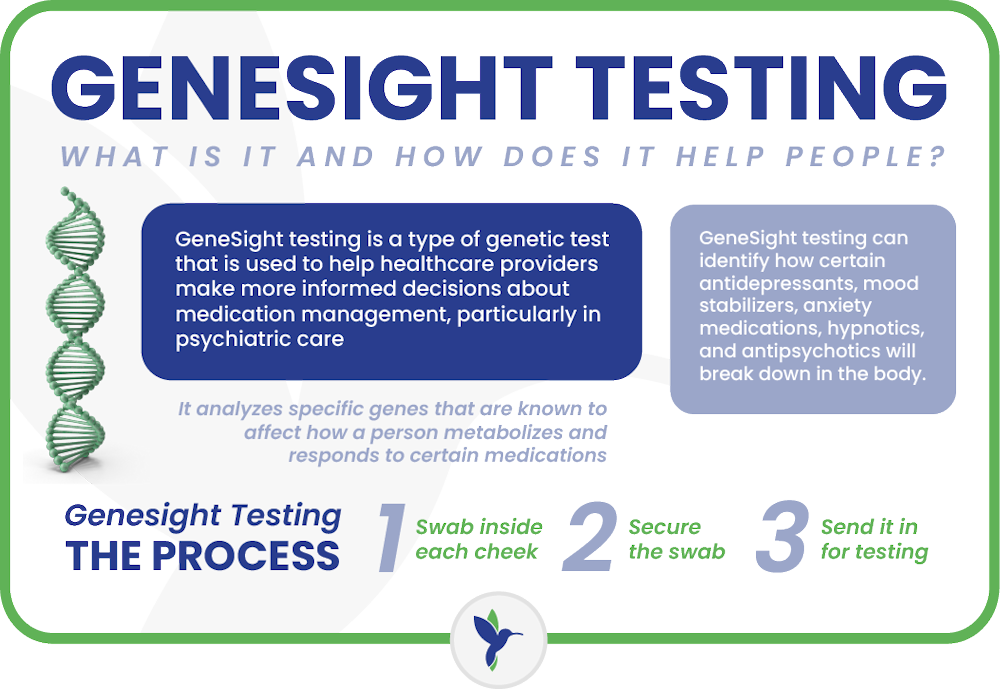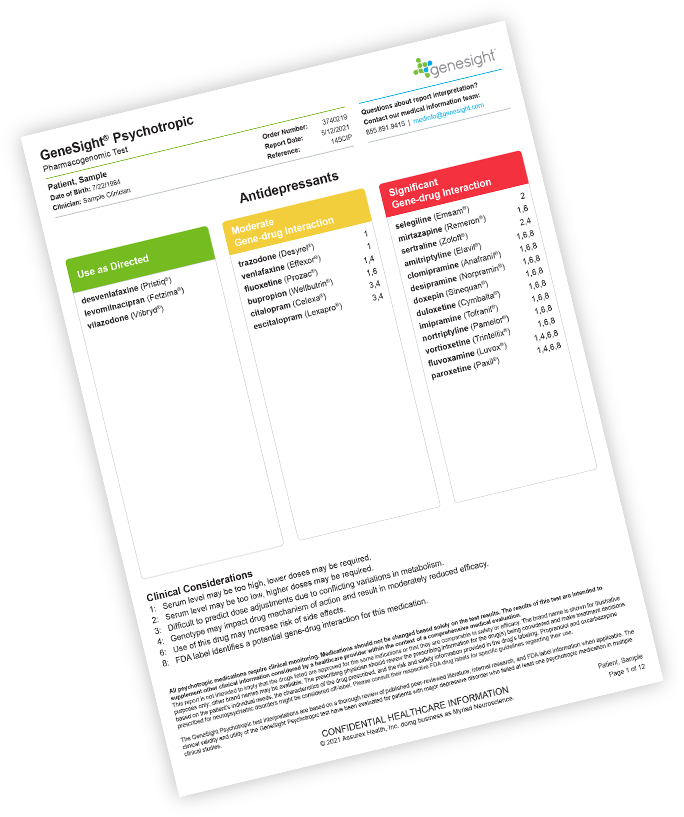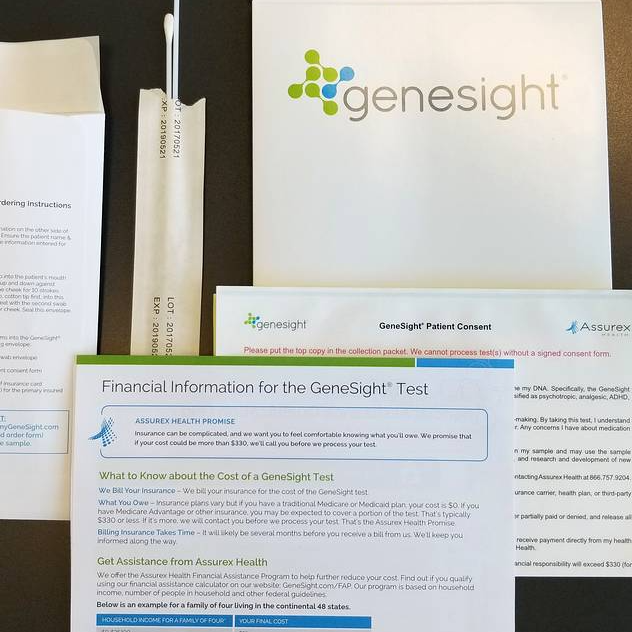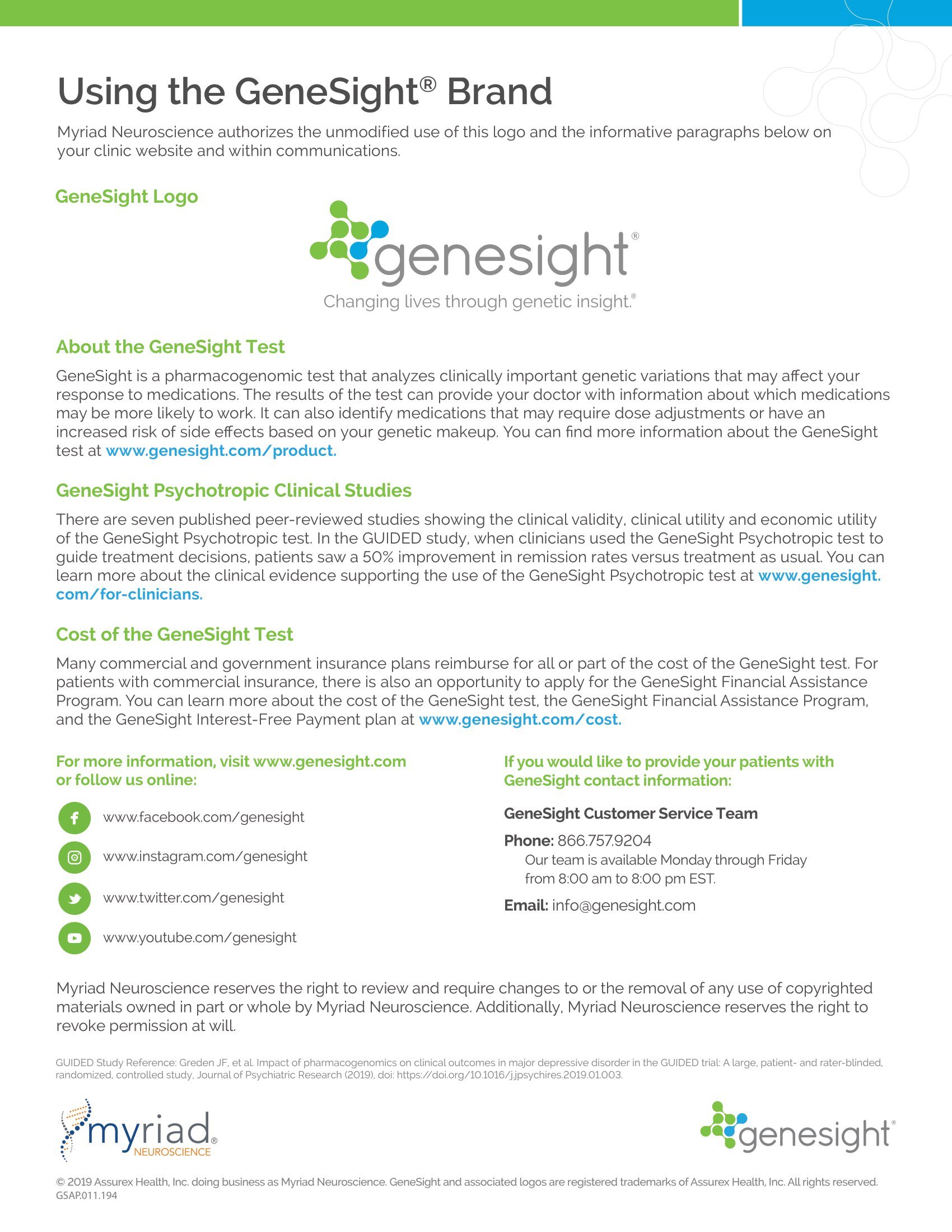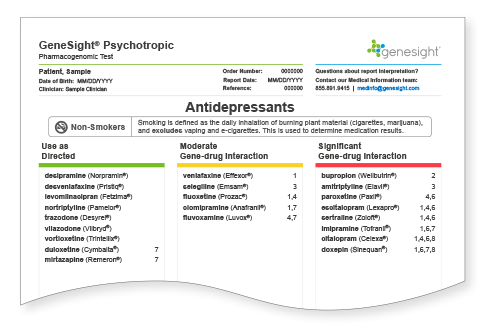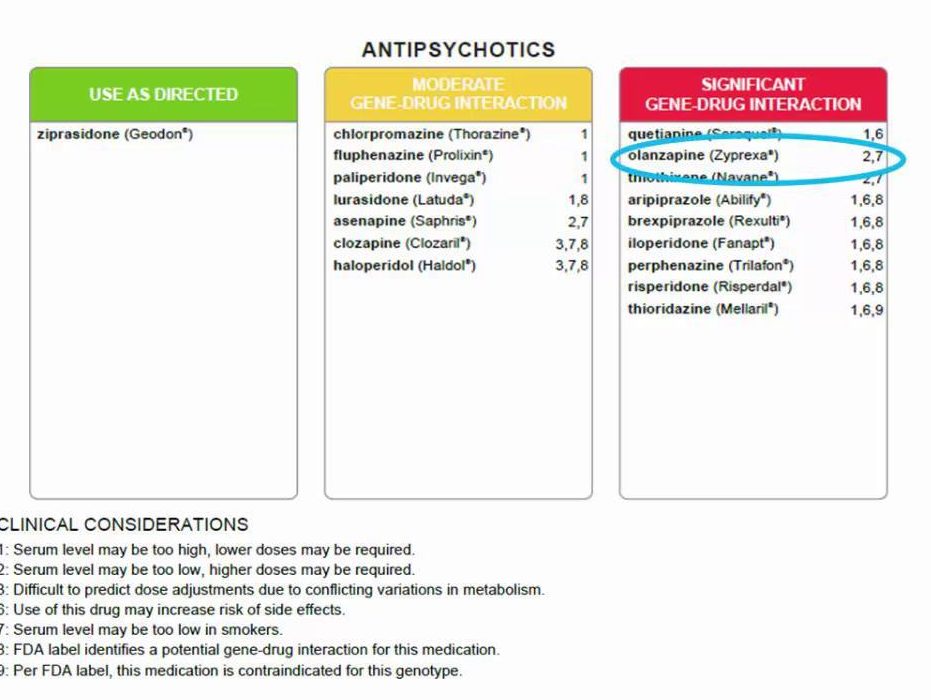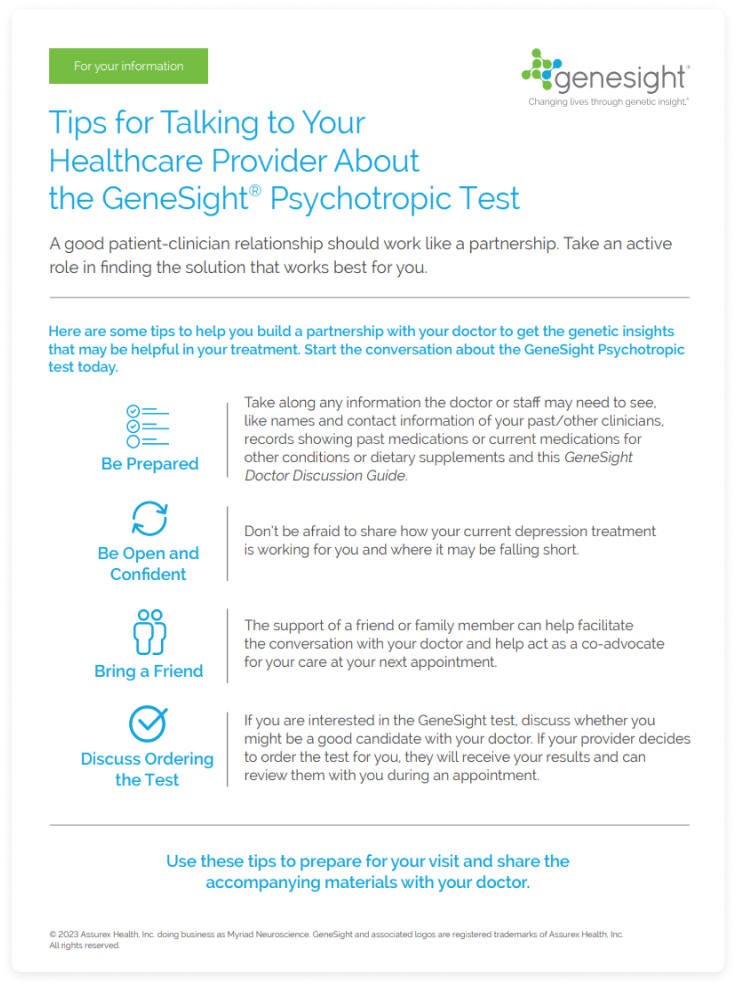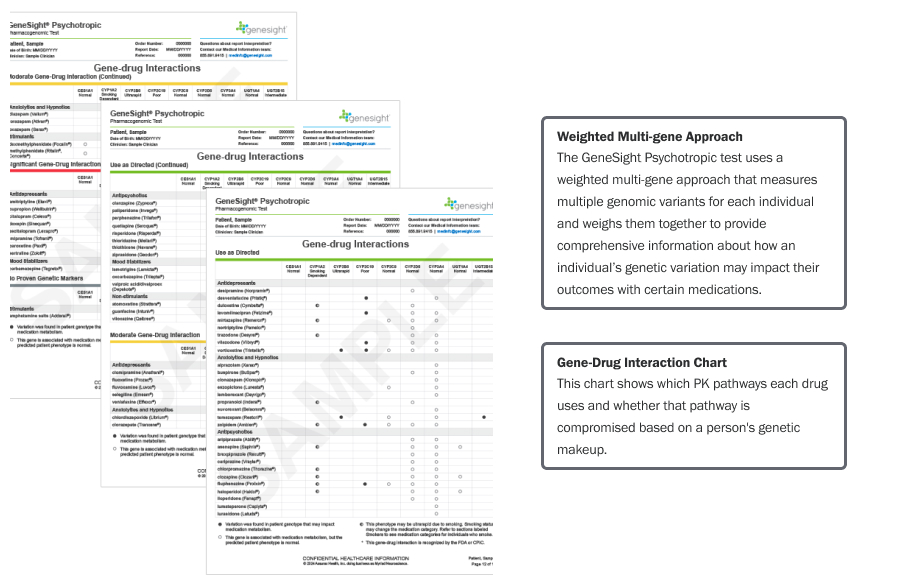What Does The Genesight Test Show
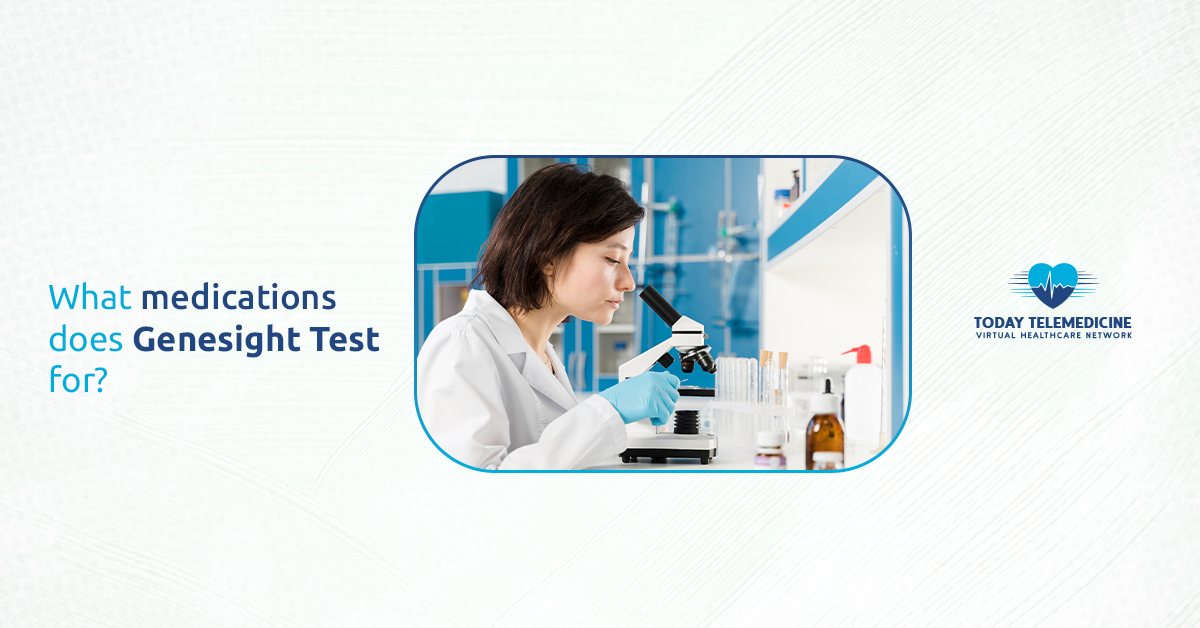
The promise of personalized medicine, tailored to an individual's unique genetic makeup, has long been a tantalizing prospect. For many grappling with mental health conditions, the GeneSight test, a pharmacogenomic test offered by Myriad Genetics, has been marketed as a tool to optimize medication choices and alleviate the often-arduous process of finding the right treatment. But beneath the veneer of scientific precision lies a complex and often debated landscape, with questions surrounding the test's clinical utility, the interpretation of its results, and its overall impact on patient care.
At its core, the GeneSight test analyzes specific genes that influence how the body processes and responds to certain psychiatric medications. It's designed to help clinicians understand how a patient might metabolize a drug, predict potential side effects, and guide them toward therapies that are more likely to be effective. However, the widespread adoption of this test has ignited considerable discussion within the medical community about its true value and the weight it should carry in treatment decisions. Is it a revolutionary tool that empowers patients and providers, or a costly and potentially misleading shortcut that oversimplifies the complexities of mental health treatment?
Understanding Pharmacogenomics
Pharmacogenomics is the study of how genes affect a person's response to drugs. Certain genes code for enzymes responsible for metabolizing medications. Variations in these genes can lead to differences in how quickly or efficiently a person breaks down a drug.
The GeneSight test focuses primarily on genes within the CYP450 family, a group of enzymes in the liver responsible for metabolizing a significant portion of commonly prescribed medications, including antidepressants, antipsychotics, and anxiolytics. These enzymes include CYP2D6, CYP2C19, and CYP1A2.
The test also analyzes genes involved in other aspects of drug response, such as those related to drug transport and receptor binding. By identifying genetic variations, the test aims to predict whether a patient will metabolize a drug normally, faster, or slower than average.
What the GeneSight Test Reports
The GeneSight report categorizes medications into different color-coded bins based on predicted gene-drug interactions. Green indicates that the medication is expected to be used as directed with no significant gene-drug interaction, yellow suggests a moderate interaction that may warrant caution, and red indicates a significant interaction that could lead to reduced efficacy or increased side effects.
It is crucial to understand that the test doesn't directly indicate whether a drug will work or cause side effects. It provides probabilistic information based on genetic factors, not a definitive guarantee of a specific outcome. The report provides information to clinicians for potential adjustments.
The interpretation of these results requires clinical expertise and consideration of other factors, such as the patient's medical history, other medications they are taking, and their lifestyle.
The Controversy Surrounding GeneSight
Despite its potential benefits, the GeneSight test has faced considerable scrutiny from researchers, clinicians, and payers. One of the primary concerns is the limited evidence demonstrating a direct link between GeneSight results and improved clinical outcomes in large, randomized controlled trials.
Some studies have shown statistically significant, albeit modest, improvements in symptom scores and remission rates when treatment is guided by GeneSight results. Other studies have failed to find a significant difference compared to standard treatment.
Another point of contention is the complexity of interpreting the results and translating them into actionable treatment decisions. Many mental health conditions are multifactorial, influenced by genetics, environment, and individual psychology.
Critics also argue that the test may lead to overreliance on genetic information at the expense of a thorough clinical assessment. The test doesn't account for factors such as patient adherence, drug interactions, or the presence of co-occurring medical conditions.
The Perspective of Myriad Genetics
Myriad Genetics, the company that markets the GeneSight test, maintains that the test provides valuable information that can assist clinicians in making informed treatment decisions. They point to their own research and meta-analyses that support the test's clinical utility.
The company emphasizes that the GeneSight test is not intended to be used in isolation, but rather as one piece of information in the overall clinical picture. They offer educational resources and support to help clinicians interpret the results accurately and apply them appropriately.
Myriad Genetics is committed to ongoing research to further validate the clinical utility of the GeneSight test and refine its ability to predict treatment outcomes.
Alternative Perspectives and Clinical Considerations
Many clinicians view the GeneSight test as a potentially helpful tool, but emphasize the need for cautious interpretation and integration with clinical judgment. Some find it most useful in patients who have failed multiple medications or are experiencing significant side effects.
Other clinicians prefer to rely on their clinical experience and established treatment guidelines. They believe that a careful assessment of the patient's symptoms, history, and response to treatment is sufficient to guide medication choices.
The decision to order a GeneSight test should be made on a case-by-case basis, considering the potential benefits and limitations, as well as the patient's individual circumstances. Clear communication with patients about the test's purpose, interpretation, and limitations is essential.
Looking Ahead
The field of pharmacogenomics is rapidly evolving. As research progresses and our understanding of the complex interplay between genes and drug response deepens, the role of pharmacogenomic testing in mental health treatment may become clearer.
Future studies should focus on identifying specific patient populations that are most likely to benefit from GeneSight testing. These studies need to incorporate larger sample sizes, rigorous methodology, and clinically relevant outcomes.
Ultimately, the goal is to develop personalized treatment strategies that are tailored to the individual needs of each patient, taking into account genetic factors, environmental influences, and clinical expertise. The GeneSight test, or similar tests, may become one component of such a strategy, but should never replace the crucial elements of careful clinical assessment and individualized patient care.
